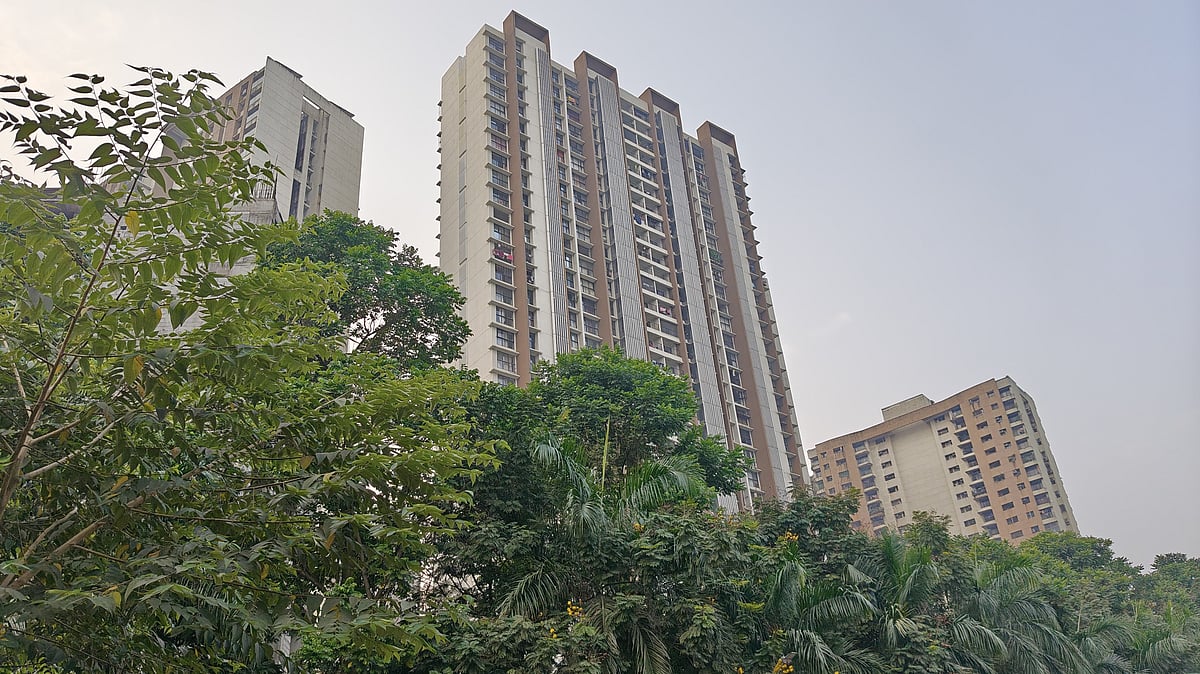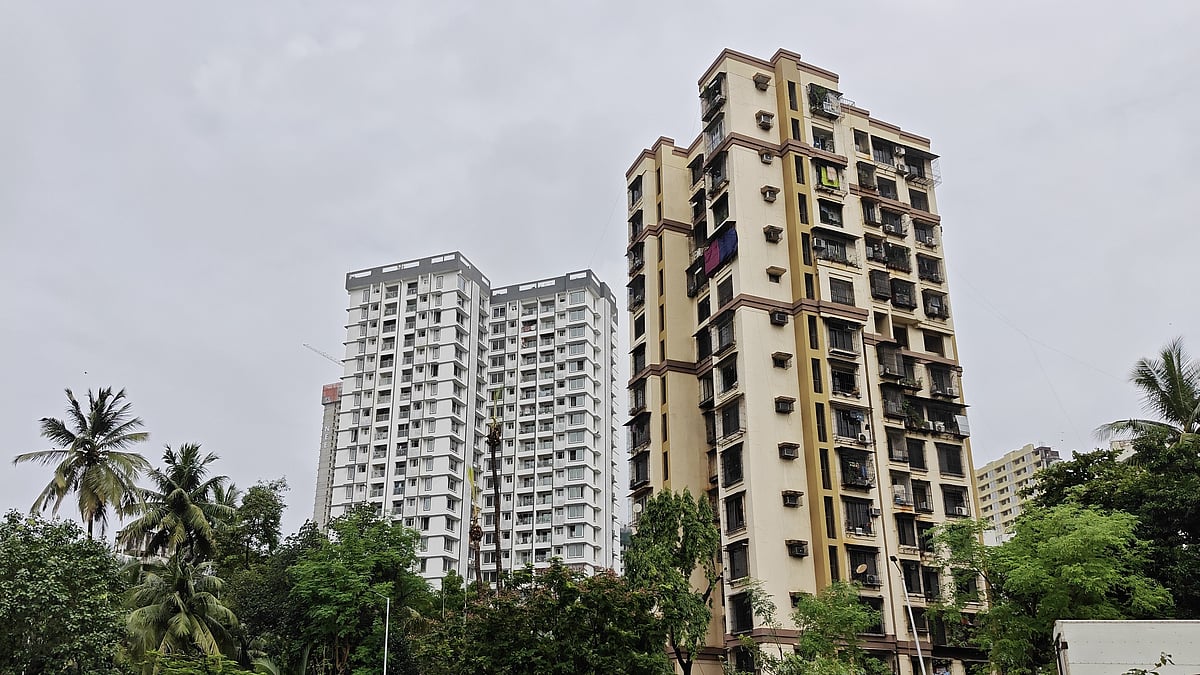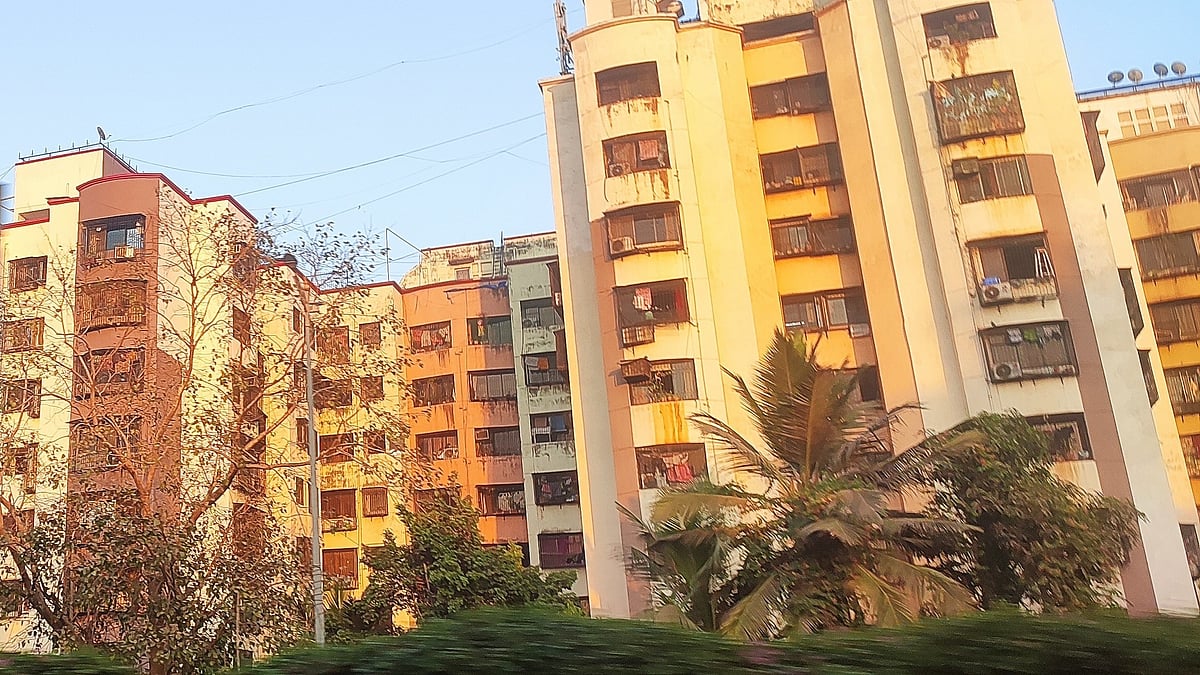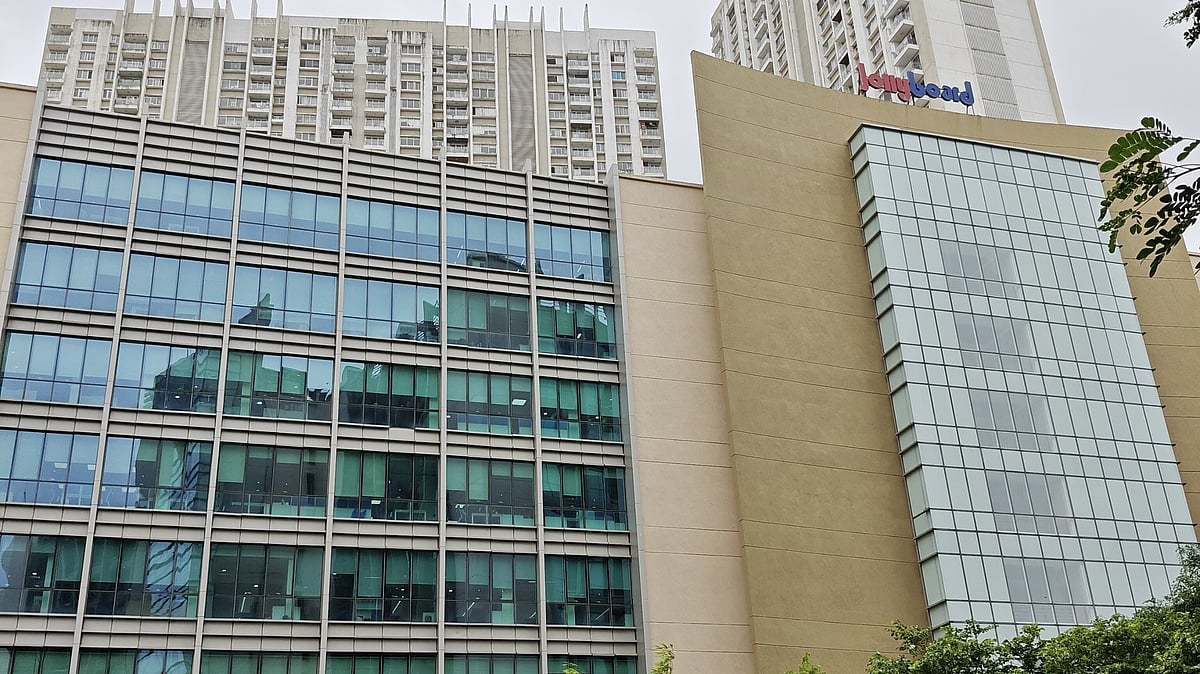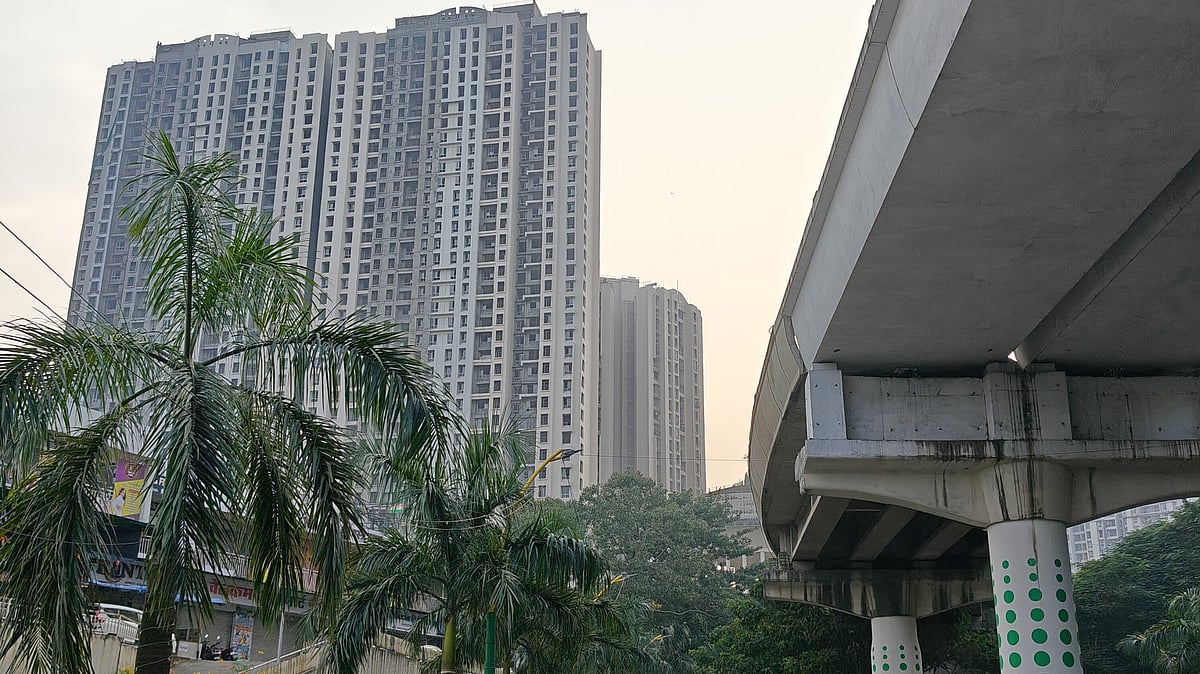Over the decades, we have witnessed a visible increase in the number of women purchasing, renting and working in real estate spaces across the spectrum. From the earlier scenario - where real estate project planning was traditionally done by men, with men being the primary customers and a majority of the workforce, the situation has changed drastically. The quantum of women buying homes and offices, as well as playing a key role in corporates, has increased substantially.
The question is: how can we enhance this even further? The answer, equally simple, lies in making real estate and commuting infrastructure projects even more women-friendly going forward. Today, women run offices as well as households and have direct impact on the types of homes and office spaces they choose to buy or rent. They are now a part of the income-bearing population with significant purchasing power, making them increasingly relevant when it comes to taking real estate decisions, either individually or jointly, with respect to convenience and safety aspects.
Change
Previously, due to the lack of properly planned infrastructure, many women considering family responsibilities and safety, tended to take lower paying jobs closer to home. A streamlined and efficient infrastructure is not only helpful for women but also benefits the disabled population looking to commute comfortably on a day-to-day basis. There are more than a few ways to facilitate this. Bringing in more women into the real estate workforce is an excellent way to shake the traditional branches and introduce specific home and safety-related architectural perspectives to the mix. Additionally, a stronger focus on amenities, ergonomic aesthetics that work for all genders, and well-functioning safety exits and measures in the buildings in case of emergencies can make a substantial difference.
Reliability
Upgrading and maintaining vertical transportation systems is a key factor. Some low-rise buildings don’t incorporate elevators, while others neglect their maintenance. Since women multi-task, often combining domestic chores alongside professional commitments, the lack of reliable elevators causes unnecessary complications on a daily basis, which could easily be avoided with just a little more attention to this aspect.
Planned infrastructure plays a pivotal role in empowering women to pursue education and careers. This is why it is essential to incorporate women’s perspectives into the planning process, particularly in emerging and peripheral areas still undergoing development.
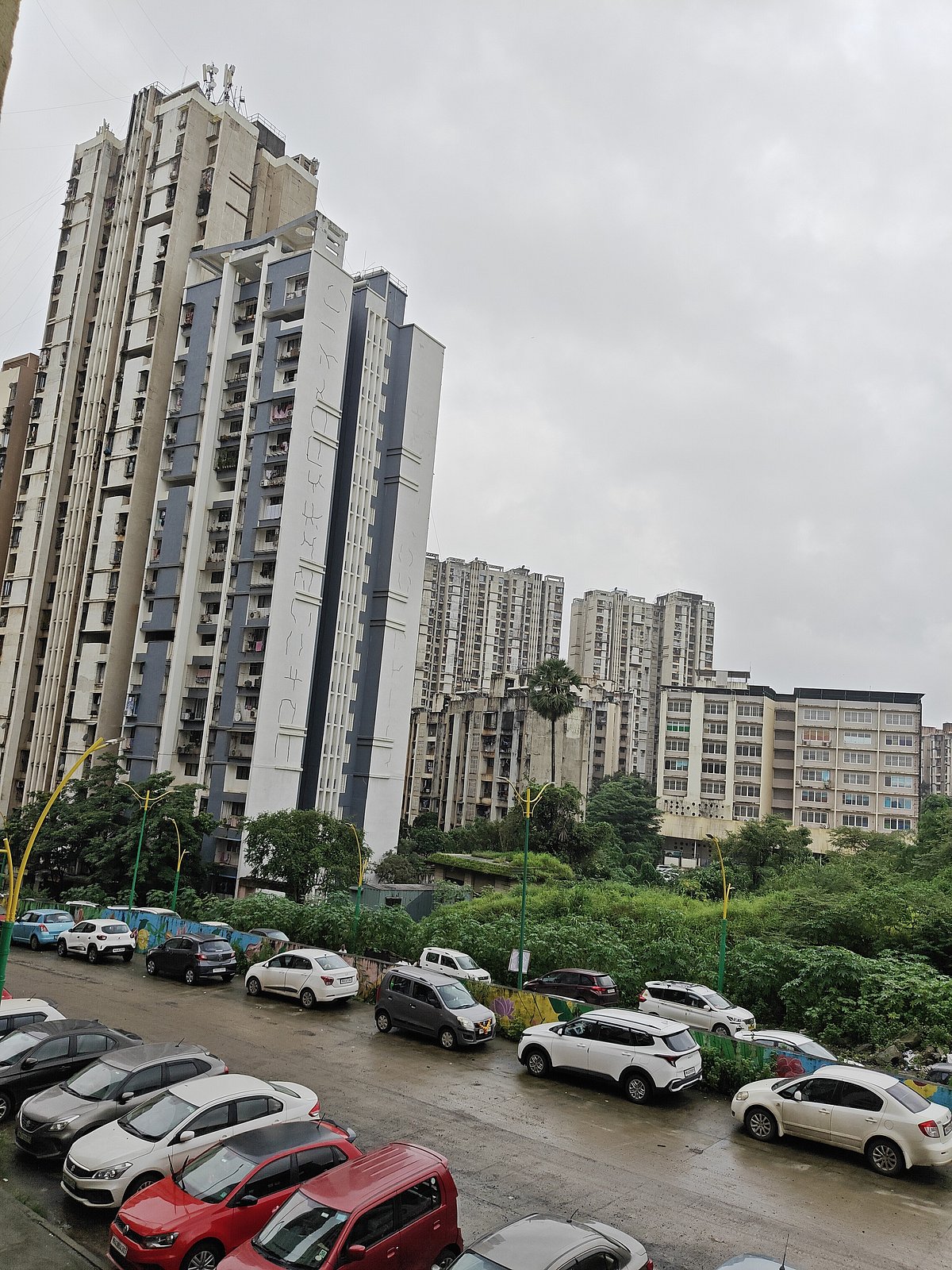
Access
Inadequate lighting remains one of the biggest issues faced by women commuters. Positioning access zones in well-lit, high traffic zones is therefore a key factor. As most women commuters rely on public transport for their day-to-day travel, it is crucial to safeguard these spaces and ensure a higher number of vertical transportation facilities at multiple access points.
Enhancing commercial and travel spaces by strengthening security measures and enforcing stringent rules for the protection of solo female travellers is being undertaken to a greater extent, making expanded metropolitan areas like the Mumbai Metropolitan Region (MMR) safer for women.
Rise
Earlier this year, in a strong push to recognise women’s growing role in infrastructure and real estate development, NAREDCO Mahi - the women’s wing of the National Real Estate Development Council (NAREDCO) - highlighted relevant aspects preceding and during its fourth convention.
Speakers pointed out that while women still form only around 11 to 12 per cent of the sector’s total workforce, change is underway. From project planning and design to compliance, construction supervision, and investment management, women are now increasingly involved in every layer of the real estate value chain.
Women are now increasingly visible in marketing, legal, project finance, and client relations roles—areas once perceived as inaccessible to them. They bring empathy, precision, and people-centric innovation to how real estate is built and sold. Women are no longer merely participants—they are project heads, entrepreneurs, investors, and reformers who bring both strategic vision and social awareness to infrastructure and housing development.
Growth
Over 20 per cent of registered architects in India today are women, increasingly taking the lead in urban planning, heritage conservation, and sustainable design practices. In Tier 1 cities, nearly 15 per cent of real estate brokerage and advisory firms are now women-led.
Qualities like multitasking, emotional intelligence, and long-term vision, often overlooked in infra projects, are being brought to the forefront by women professionals who are reshaping not just homes but also communities.
Real estate ownership has become a tangible symbol of women’s independence and empowerment. As more women take ownership and actively participate in the planning and development of real estate, they help shape spaces that better reflect the needs, aspirations, and safety of all. This growing involvement will further strengthen women’s role in driving inclusive growth across the built environment.
The writer is a self-made businesswoman, philanthropist, psychologist, fitness enthusiast, author, environmentalist, passionate culinarian, and a global advocate for women, girls, and human rights, with a keen interest in real estate, business innovation, and women’s empowerment.
